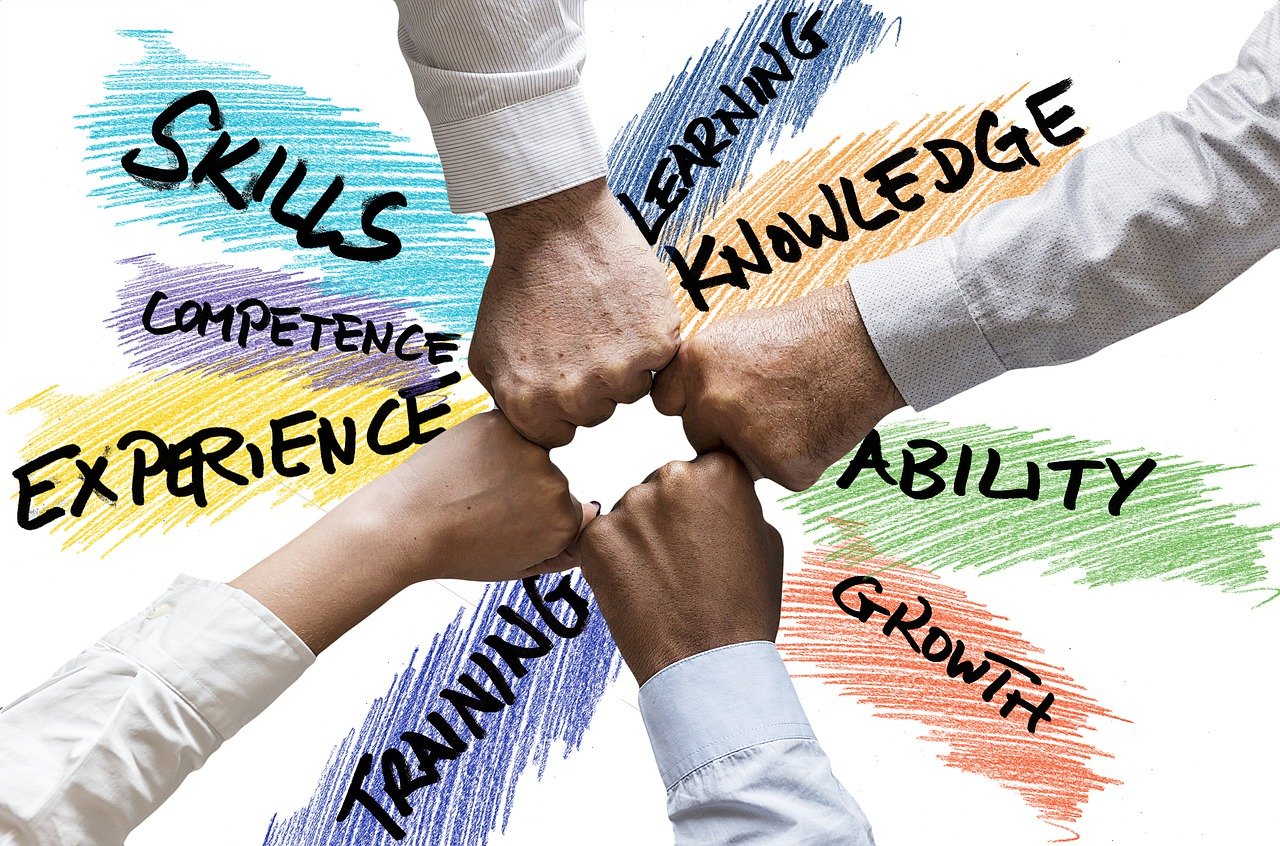You may have heard the phrase, “Culture eats strategy for breakfast.“
A great strategic plan may not succeed unless your team has a shared foundation rooted in company values and a strong organizational culture.
In his High Impact Learning Culture report, Josh Bersin cites, “the single biggest driver of business impact is the strength of an organization’s learning culture.”
To create a culture of learning, you may want to start by weaving learning goals into your existing company culture – like your mission statement, and the shared values and beliefs that make your organization unique.
So, What is a Learning Culture?
A learning culture is a set of organizational values and practices that encourage and support employees and the organization to learn and add new skills continually. In a learning culture, employees and team members are encouraged to share information freely, take risks, experiment, and learn from their mistakes.
And not all learning cultures are the same. The path to creating a culture of learning that is part of your company’s ecosystem will be a unique journey.

Download the full Create a Culture of Learning Infographic
Here are the six elements that make up a learning culture:
- There are opportunities for personal and professional development. This means encouraging employees to continue learning and growing and providing resources and opportunities.
- Experimentation and risk-taking are encouraged. Make sure employees are not afraid to try new things, even if they might fail. You want failure to be seen as an opportunity to learn and improve rather than something to be avoided.
- Knowledge and experience are shared. Employees are encouraged to share their knowledge and learn from their experiences. Shared knowledge breaks down silos and democratizes discoveries, findings, insights, and takeaways.
- Time is allotted to take a pause and reflect. In a great Learning Culture, individuals across teams and departments are encouraged to think about their recent actions and experiences and to use this reflection to improve their performance and understanding.
- Teams collaborate. Collaborative learning means the organization fosters an environment where individuals work together to achieve shared goals and learn from one another.
- Continually Improve. Companies and individuals in a learning culture are committed to always getting better. This means seeking new ways to improve processes, workflows, and practices that incrementally increase performance and outcomes.
An effective learning culture can positively impact an organization by fostering innovation, improving performance, and increasing employee engagement and retention, helping organizations adapt to changes and stay competitive.
So, think about your learning culture. What are some elements that your organization already has, and what are some elements that you’d like to add?
